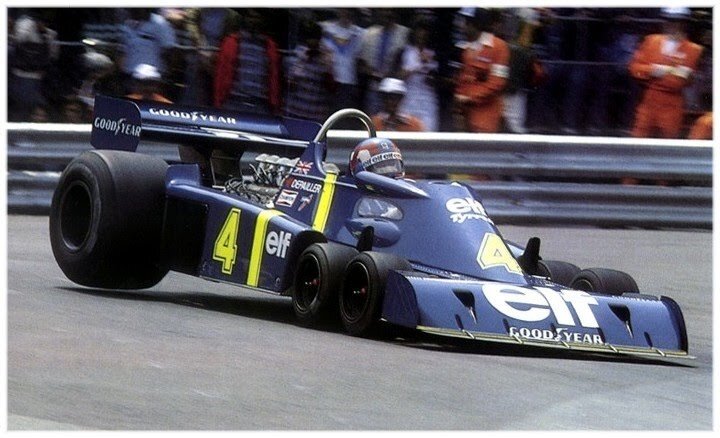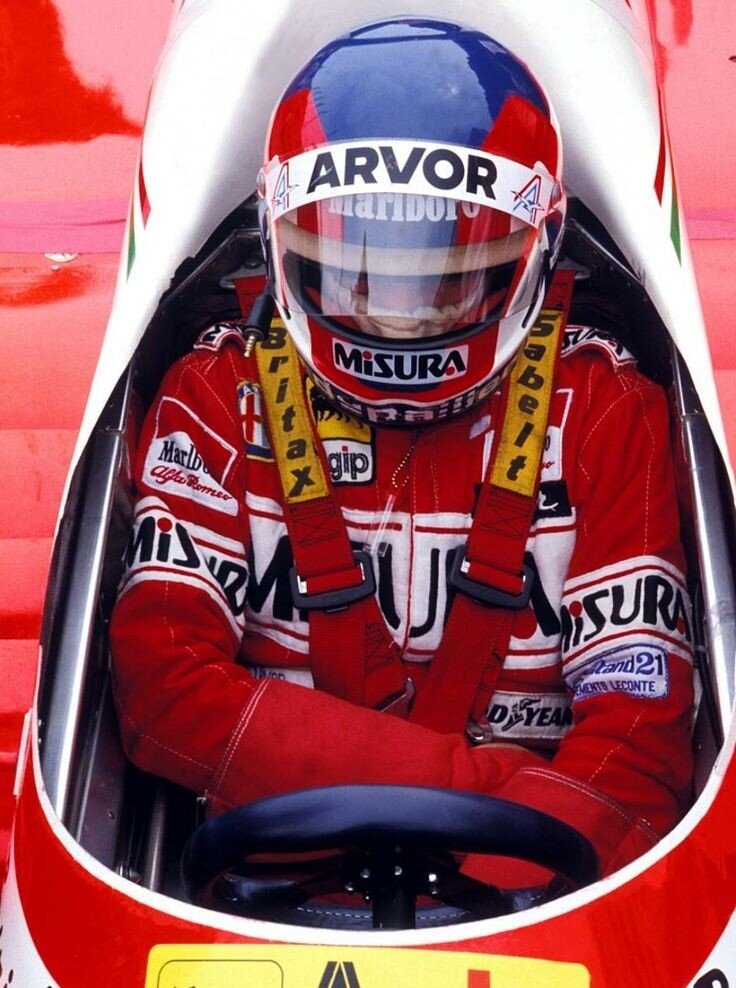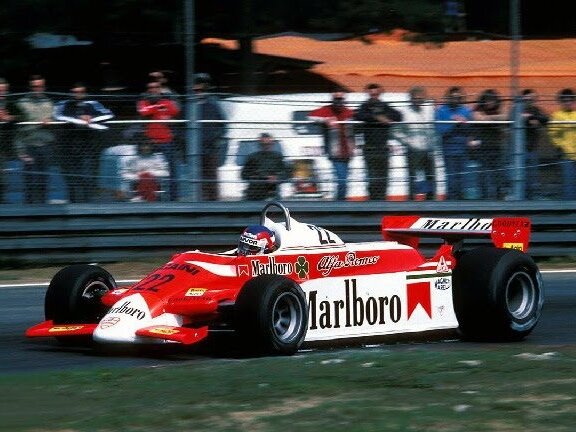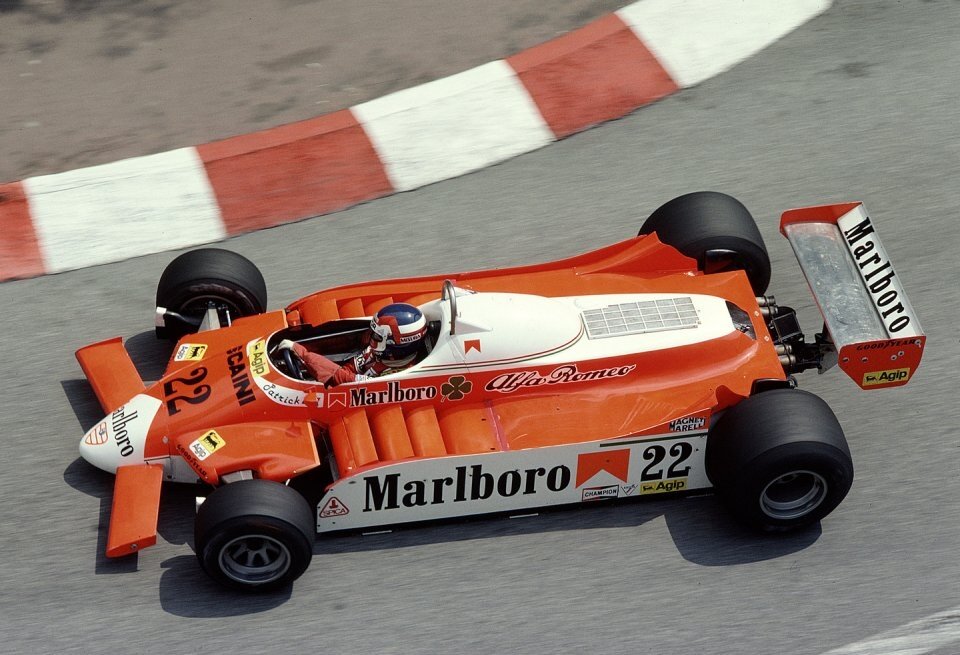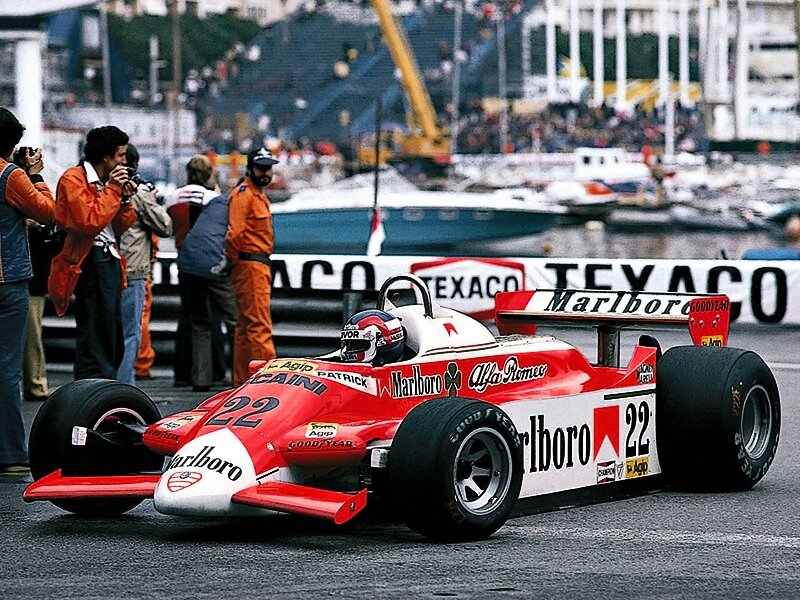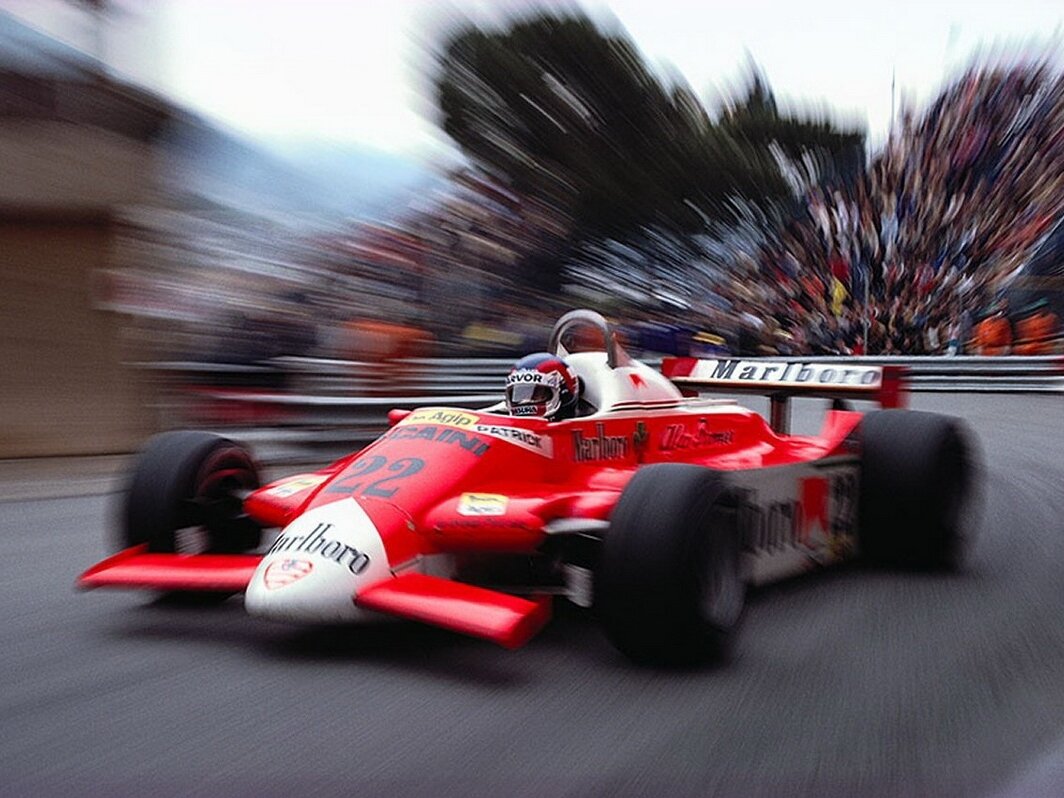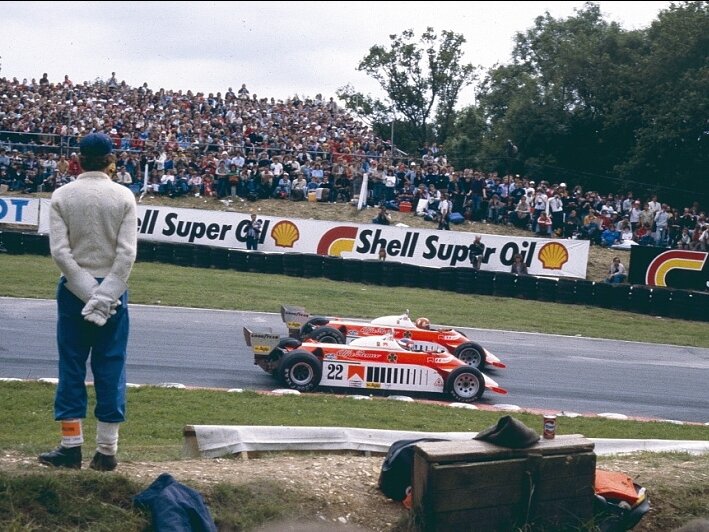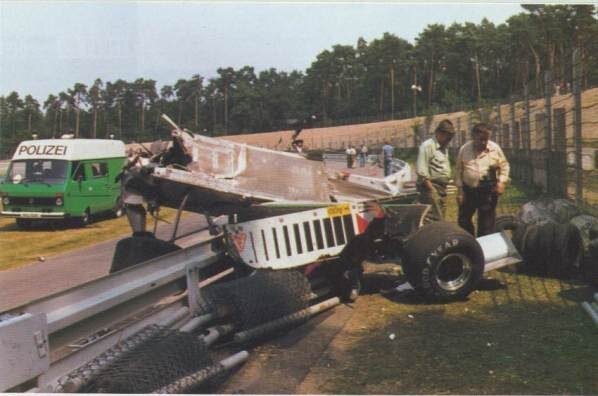REMEMBERING PATRICK DEPAILLER
Looking back at the life of the French F1 pilot who paid the ultimate sacrifice driving an Alfa Romeo, on the old Hockeinheim racetrack prior to the German Grand Prix of 1980.
Patrick Depailler was born on August 1st of 1944 in Clermond-Ferrand, Central France in a relatively well-off family. His father, an architect, wanted to see his son follow in his footsteps. But as it often happens, young Patrick had other plans for his future. Although he had finished his higher education, young Patrick was already enthralled by the motorsport virus. He had started racing, both on motorbikes and in cars and eventually he would win back his father’s favours, who will support him financially through his early career. On very reasonable grounds: young Patrick was a very talented driver: in 1971 he won the French F3 Championship and by 1973 he was winning the European F2 Championship. From here on the natural progression was racing in Formula 1, and he quickly found a place with the Tyrrell team. He will race with the British team from 1972 to 1978, making himself known in the process as a fellow who had all the traits of a true racing driver. He competed purely for the thrill of racing. His passion was the driving force behind his career. He helped develop the infamous 6 wheeled Tyrrell, and finished the 1976 season 4th overall driving it, even if he didn’t score any victory. When his first win finally arrived in 1978, in a “normal” 4 wheeled Tyrrell, everybody in the paddocks celebrated with him, as this victory had been a long time in the making (he will go on to score a total of 19 podiums in his F1 career). He lived for racing, but also loved living outside the race track, enjoying a glass of red wine with a Gauloise in his hand, driving fast cars and taking to what we would call today extreme sports – diving, skiing, paragliding. He was naturally a likeable character, the grown up reckless boy you couldn’t get mad at, as his boss Ken Tyrrell will recall. On or off the track, most of the time, he was dancing on a thin red line. His wife, the love of his life, born on the same day of the same year he was born, divorced him. She became too scared of what he was doing.
Ever a contender and only seldom a victor, Patrick was looking for more for the 1979 season, so he signed with Ligier. They gave him a winning car alright: by mid-season he was leading the Championship, sharing the top position with Gilles Villeneuve, perhaps his nearest kindred soul in the sport. And then things took a turn for the worse: he collapsed while flying his paraglider in the mountains near his home in France, breaking both his legs. In the months spent in the hospital all he could think of was returning to the circuits. Even facing amputation, his biggest fear was that he will not be able to race anymore. For him being alive really meant being able to race. After multiple interventions he was discarded from the hospital, only to discover that Ligier had signed Jacky Ickx. Patrick couldn’t accept he was to be the second driver within the team, so he made the decision to go with one of the oldest names in motorsport, but basically the youngest team in this brave new ground effect era: Alfa Romeo. He was regarded as an experienced racer by now, not only as a good, fast pilot, but also as a hands on, knowledgeable driver who could help with the development of a new car like the 179 was . For the team led by Carlo Chiti, Patrick Depailler was the perfect solution.
The opening of the 1980 competitional season saw him still not completely recovered from his injuries, but despite walking around with crutches and being barely able to hit the ground without feeling a terrible pain, Depailler qualified at the back of the grid of the first two races before putting the Alfa seventh on the grid in Kyalami, and then third at Long Beach.
He also managed to stay in the leading group in Monaco until a mechanical failure (of which this car had many) concluded his run. The team was in an upward trajectory and so was his humour, as he was slowly and surely getting back to his former best, or even better. After what was to be his last race, the British GP of Brands Hatch, he left for a summer holiday together with the boss of Elf Motorsport division, the man who had also supported Patrick in his early career - Francois Guiter. He will later remember that he had never seen Patrick so relaxed, so at ease, so happy. He was with a new girl he loved, and it seemed as if all things will work out just fine. But he left the holidays early, to begin testing on the Alfa Romeo 179, 10 days before the German GP. Back then Hockeinheim was made up of endless straights and corners to be taken at full speed, with few, if any, safety measures taken into considered: no run off areas, no tyre barriers. That was the norm back in the day. It was on the Ostkurve that the suspension of his car apparently broke, sending him flat out at 280 km/h into the Armco barrier. He didn’t stand a chance and died right on impact. The Alfa Romeo 179 with its Autodelta V12 proved to be a fast and powerful beast, although not very reliable. A few months later, Patrick’s younger team mate - Bruno Giacomelli - scored a pole position on the last GP of the season, in the very car that the Frenchman had spent so much time developing. After the race, which he failed to finish, Giacomelli paid nicest tribute to his former teammate:
“Unlike me, Patrick would have won with this car.”

